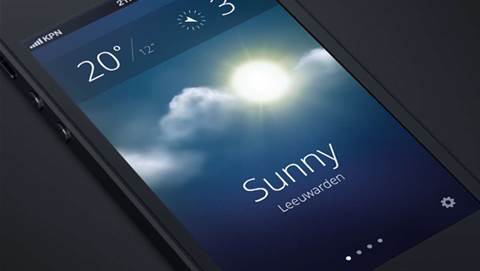
The current available to devices requiring PoE means that only 24.6W per port (30W theoretical), will be available for systems compliant with the new standard.
That represents a step up from the power available under the current IEEE 802.3af standard, and could prove attractive for uses wishing to connect " multi-radio access points, pan tilt zoom security cameras, and IP phones with streaming video displays," said PoE provider Phihong's marketing VP Keith Hopwood.
Hopwood pointed to other emerging applications which could also benefit from the new standard, as emergency lighting, security system sensors, biometric sensors, RFID and even medical monitoring.
However, he added that even before 'PoE plus' hits the shelves, Phihong has customers who need much more than 30W per port available through any ratified 802.3at standard.
Devices such as computer workstations and LCD display panels are far more power hungry, he noted. Phihong offers its own Ultra PoE products, which it claims can deliver 80W per port or higher, with the same protection and safeguards as standard PoE





 iTnews Executive Retreat - Security Leaders Edition
iTnews Executive Retreat - Security Leaders Edition












_(1).jpg&h=140&w=231&c=1&s=0)



